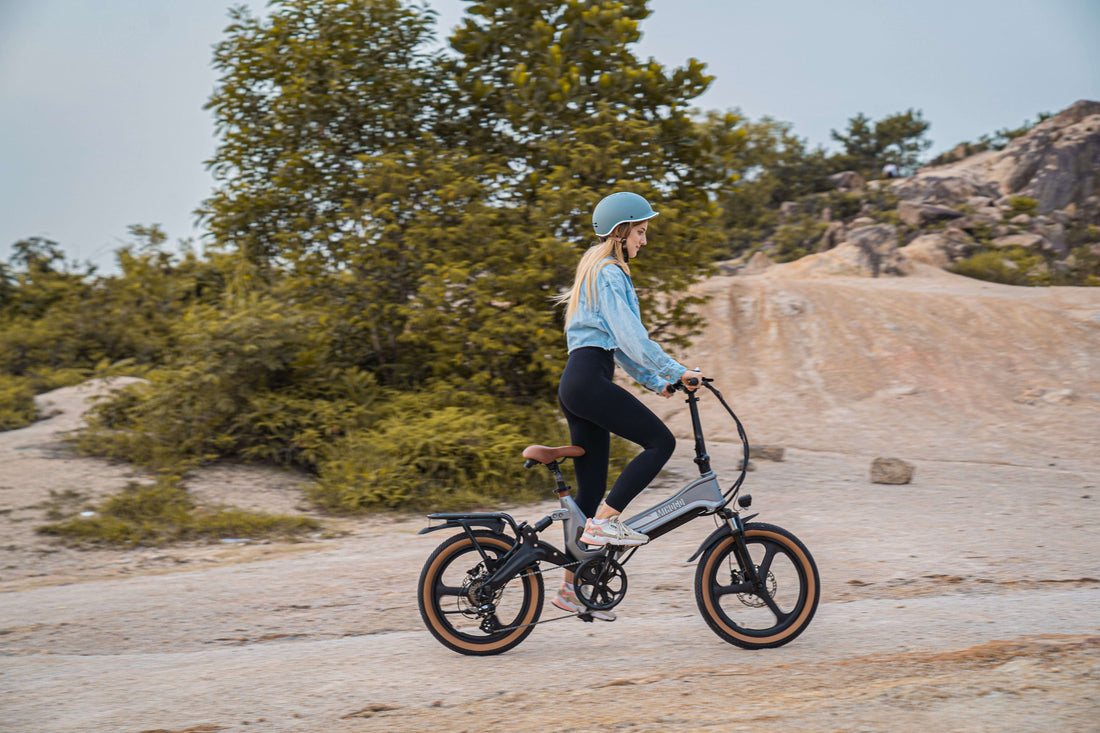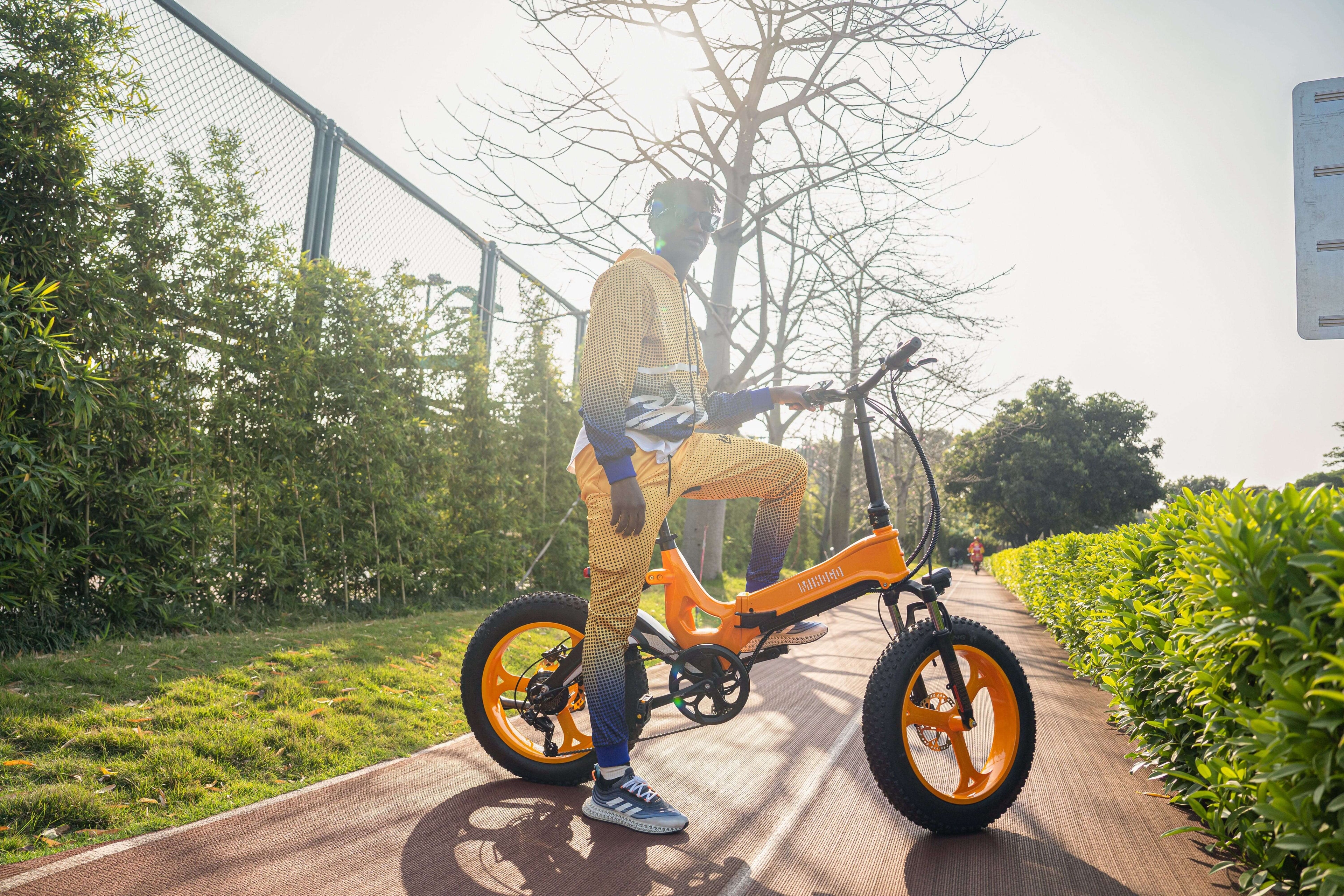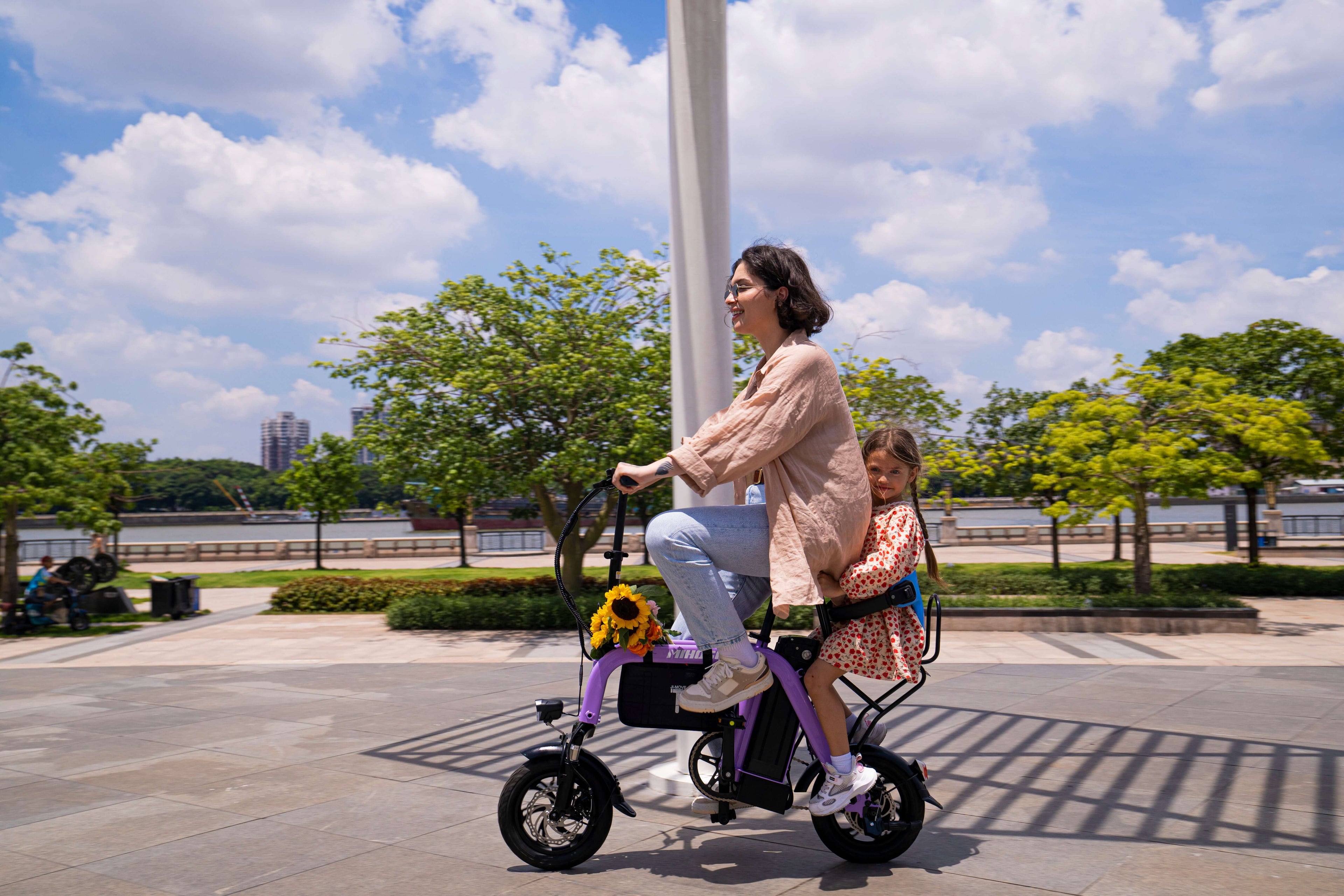Understanding E-Bike Battery Cell Balancing
Battery cell balancing is the process of equalizing the charge levels across all individual cells within your e-bike's battery pack. The Battery Management System (BMS) performs cell balancing during charging by equalizing the voltage of all cells. Think of it as ensuring every cell in your battery pack is working in perfect harmony.
Your Mihogo e-bike's battery pack consists of multiple cells connected in series and parallel configurations. When these cells become unbalanced - with some holding more charge than others - your overall battery performance suffers dramatically. You might notice reduced range, unexpected shutdowns, or inconsistent power delivery during your rides.
Why Cell Balancing Matters for Your Mihogo E-Bike
Unbalanced cells can reduce your effective battery capacity by up to 50%. When a battery is badly out of balance, like lowest group at 3.6V and highest at 4.2V, you can only get half the use out of the battery. This is particularly critical for Mihogo's high-performance models:
- Mihogo Air750 Max: Protect your 121-mile range investment
- MIHOGO ONE Utility: Maintain the impressive 167-mile range for utility work
- MIHOGO RX 2.4: Ensure consistent 40-mile commuter performance
- Mihogo Mini: Maximize the 62-mile range for urban riding
The Science Behind Battery Management Systems (BMS)
Modern e-bike batteries use sophisticated Battery Management Systems to handle cell balancing automatically. The BMS performs cell balancing during charging by equalizing the voltage of all cells through passive balancing. This process uses resistors to bleed off excess charge from higher-voltage cells as heat, allowing lower-voltage cells to catch up.
However, this automatic balancing only occurs under specific conditions. Understanding when and how your Mihogo's BMS balances cells helps you maintain optimal battery health through proper charging practices.
Active vs Passive Balancing in Mihogo E-Bikes
Your Mihogo e-bike likely uses passive balancing, the most common and cost-effective method. Passive Balancing: The BMS uses resistors to bleed off excess charge from higher-voltage cells as heat, allowing lower-voltage cells to catch up. While less efficient than active balancing, it's reliable and proven effective for maintaining battery health over thousands of cycles.
Initial Battery Conditioning for New Mihogo E-Bikes
If you've recently purchased your Mihogo e-bike, proper initial conditioning sets the foundation for years of optimal performance. For a new battery, follow these steps for your first 3 rides/charges, irrespective of the distance covered or the amount of battery used.
The First Three Charge Cycles Protocol
Step 1: Extended Charging Sessions Charge the battery outside of the bike and leave it on the charger for up to 4 hours after the light has turned green, but not exceeding 8 hours with a 4/5-speed charger, or 12 hours with a 2/3a charger.
Step 2: Proper Disconnection Sequence Always disconnect the charger from the outlet first, then from the battery. This prevents potential voltage spikes that could affect the BMS.
Step 3: Normal Riding Ride your Mihogo as usual, using pedal assist and throttle if available. The discharge level doesn't matter - partial or full discharge is acceptable.
Step 4: Repeat Process Complete this extended charging cycle for your first three charges only.
This conditioning process allows your Mihogo's BMS to learn the characteristics of each cell and establish proper balancing parameters for your specific battery pack.
Advanced Cell Balancing Techniques
Monthly Deep Balancing Routine
As a proactive measure, perform this monthly, but no more than once a month. Even after your initial conditioning period, periodic deep balancing maintains optimal cell balance.
The Monthly Balance Protocol:
- Charge to 100% capacity
- Leave connected for 2-4 hours after completion
- Monitor battery temperature during extended charging
- Disconnect and ride normally
Recognizing When Balancing is Needed
Watch for these warning signs that indicate your Mihogo's battery cells may be out of balance:
- Significantly reduced range compared to normal
- Inconsistent power delivery during rides
- Battery percentage jumping or displaying erratic readings
- Premature low-voltage cutoffs
- Unusual battery heating during charging
Temperature Management During Balancing
Temperature extremes are a major threat to battery health and safety. The BMS constantly monitors battery temperature using sensors embedded in the pack. During extended balancing sessions, monitor your battery temperature, especially in hot climates or enclosed charging areas.
Temperature Safety Guidelines:
- Charge in temperatures between 32°F and 104°F (0°C to 40°C)
- Avoid charging immediately after riding in hot weather
- Ensure adequate ventilation around the battery during extended charging
- Stop charging if the battery becomes uncomfortably warm
Troubleshooting Cell Balance Issues
When Automatic Balancing Fails
If your Mihogo continues showing reduced performance despite proper charging practices, your battery may have severely unbalanced cells. Some lithium cells can handle such out of balance conditions, and balancing can be a very slow process when they use low power handling resistors to bleed off the power.
Professional Diagnosis Steps:
- Record your typical range before and after charging
- Note any error codes on your display
- Check charging completion times
- Monitor for unusual battery behavior
When to Seek Professional Help:
- Range reduction exceeds 30% of normal capacity
- Battery fails to charge to completion
- Display shows persistent error codes
- Battery becomes excessively hot during charging
Safety Considerations for Battery Maintenance
The problem isn't with all e-bikes. It's only with cheap, uncertified, and badly made products. Mihogo's commitment to quality components means your battery includes proper safety features, but following safe charging practices remains essential.
Essential Safety Practices
Charging Environment:
- Use only the original Mihogo charger for your specific model
- Charge in well-ventilated areas away from flammable materials
- Never leave batteries charging unattended for extended periods
- Install smoke detectors in charging areas
Storage and Handling:
- Store batteries at 40-60% charge for long-term storage
- Avoid physical damage to the battery case
- Keep batteries away from extreme temperatures
- Never attempt to open the battery case
Model-Specific Balancing Considerations
Mihogo Air750 Max (Carbon Fiber, 750W, 121 Miles)
The high-capacity battery in the Air750 Max requires particular attention to balancing due to its extended range capabilities. The larger battery pack contains more cells, making proper balancing even more critical for maintaining the impressive 121-mile range.
MIHOGO ONE Utility EBIKE (750W, 167 Miles)
As Mihogo's utility model with the longest range, the ONE requires careful balance maintenance to preserve its exceptional 167-mile capacity. Commercial or heavy-duty use patterns may require more frequent balancing cycles.
MIHOGO RX 2.4 (Commuter Folding, 500W, 40 Miles)
The compact folding design of the RX 2.4 makes it ideal for daily commuting. Regular cell balancing ensures consistent performance for daily work commutes and maintains the reliable 40-mile range.
Mihogo Mini (350W, 62 Miles)
Despite its smaller size, the Mini's 62-mile range benefits significantly from proper cell balancing. The compact battery pack requires careful attention to charging practices to maintain optimal performance in urban environments.
Advanced Monitoring and Maintenance
Creating a Maintenance Log
Track your battery's performance with a simple log:
- Date and duration of each charge
- Range achieved per charge
- Any unusual behavior observed
- Environmental conditions during charging
Seasonal Considerations
Summer Maintenance:
- Charge during cooler parts of the day
- Allow batteries to cool before charging after rides
- Store in temperature-controlled environments when possible
Winter Maintenance:
- Bring batteries to room temperature before charging
- Expect reduced range in cold conditions
- Store batteries indoors during freezing temperatures
Future-Proofing Your Battery Investment
Battery tech is the heart of any e-bike, and 2025 brings some serious upgrades. While newer technologies like solid-state batteries emerge, proper maintenance of your current Mihogo battery ensures maximum value from your investment.
Longevity Best Practices:
- Avoid complete discharge cycles when possible
- Charge regularly rather than allowing deep discharge
- Store at optimal temperatures and charge levels
- Follow manufacturer guidelines for maintenance intervals
Expert Tips for Maximum Battery Life
The 80/20 Rule
You can stay above 20% then your pack will be better off. Low voltage cutoff (LVC) of my pack that I've heard is 2.85V (40V) and from Panasonic 2.0V (28V) means permanent cell damage. Keeping your battery between 20% and 80% charge for daily use maximizes cell life.
Understanding Charge Cycles
A complete charge cycle equals one full discharge and recharge. Partial charges count as fractions of a cycle, so topping off your battery regularly doesn't count against total cycle life.
Battery Technology Evolution
Stay informed about lithium-ion battery technology developments that may benefit future Mihogo models and upgrade possibilities.
Conclusion
Proper battery cell balancing extends your Mihogo e-bike's range, ensures safe operation, and maximizes your investment value. By balancing the cells and controlling charge/discharge rates, the BMS extends the battery's usable life. Whether you're commuting daily on your RX 2.4 or exploring trails with your Air750 Max, following these advanced maintenance practices keeps your Mihogo performing at its peak.
Remember that battery technology continues advancing rapidly, but fundamental maintenance principles remain consistent. Regular balancing, proper charging practices, and environmental awareness ensure your Mihogo delivers reliable performance for years to come.
By implementing these advanced cell balancing techniques, you're not just maintaining a battery - you're preserving the freedom, efficiency, and joy that drew you to electric biking in the first place. Your Mihogo e-bike represents a significant investment in sustainable transportation, and proper battery care ensures that investment pays dividends mile after mile.








